
Recommendation
In this dark tale of modern finance, sharp but troubled trader Gary Stevenson describes his unlikely climb from East London poverty to stardom on the Citibank trading floor. At 22, he was still living with his parents while working long hours. At 24, he was collecting six-figure bonuses. And by 25, he was utterly burned out and unable to work. Stevenson delivers a compelling memoir that lays bare both the foibles of trading life and the fractures in the global economy.
Summary
About the Author
After leaving Citibank, Gary Stevenson studied at Oxford, worked with economic think tanks, and founded a YouTube channel that explains real-world economics. He regularly appears on television and radio, and he has written for Fortune and The Guardian.
Learners who read this summary also read
Book
Book
Book
Book
Book








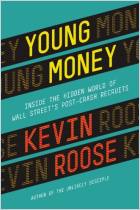
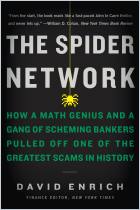
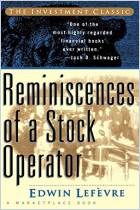
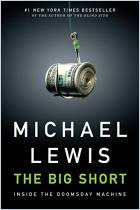
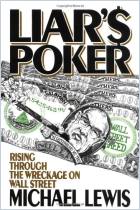






Comment on this summary or Start Discussion